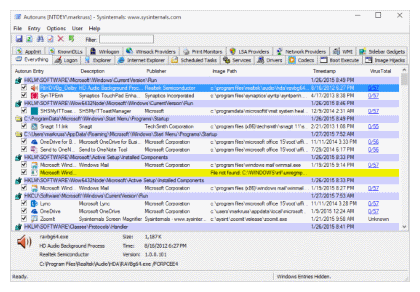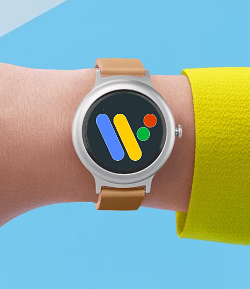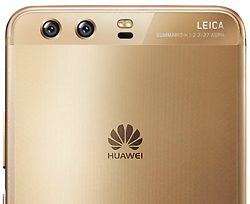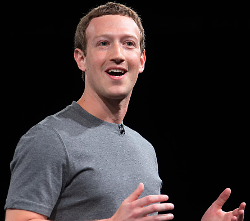Google Assistant Can Now Be Used to Share the Wealth!
 Pay off your friends!
Pay off your friends!
You can finally send money to your contacts by asking Google Assistant
The Verge – By: Dieter Bohn – “Google is rolling out the ability to send peer-to-peer payments with Google Assistant. Starting today (only in the US), iPhone and Android users can say something like ‘Send Lauren $2,’ and Assistant will take you through the steps to send the money via Google Pay. Your recipient will also need to set up Google Pay to receive the funds.
In January of this year, Google finally ended the Google Wallet / Android Pay confusion by merging them into the Google Pay system. Although, the confusion still exists: for the next few months, there will still be a separate ‘Google Pay Send’ app for peer-to-peer payments.
But you don’t have to understand the weird history of Google Pay to use the new feature in Assistant. If you’ve ever sent money via the little $ button in Gmail, you likely already have a Google Pay account set up, and so you will be able to use Google Pay inside Google Assistant.
If you don’t have a Google Pay account, you’ll be prompted to set one up the first time you ask to send money. Transactions with Assistant will still require authentication beyond just your voiceprint to send money — either with your fingerprint or your Google password.
Google says that payments via the Google Home smart speaker will also be available ‘in the coming months.’ It’s not clear what kind of authentication or confirmation will be required to send money if you’re just talking to a speaker.
Although Google announced a Google Payment API for Assistant last May, it’s only now arriving, but the Google Pay rebranding has helped pick up that momentum. In addition to this recent feature, Google has recently managed to set up transit payments and payments to stores inside Assistant.
The Assistant peer-to-peer payment system is a rare case where Google has been behind Apple in an intelligent assistant feature. Right now in Siri, you can ask to send somebody money, and you’ll be asked if you’d like to use Apple Pay, Venmo, or Square Cash. As of today, Google Assistant can only use Google Pay.”
 This utility, by the venerable Mark Russinovich himself, is handy to control your Windows startup autorun programs!
This utility, by the venerable Mark Russinovich himself, is handy to control your Windows startup autorun programs! From OS News:
From OS News: Looking for reviews and info on guns, YouTube may not be the place to go much longer…
Looking for reviews and info on guns, YouTube may not be the place to go much longer… OK, this is embarrassing!
OK, this is embarrassing! Best Buy will stop selling Huawei Phones.
Best Buy will stop selling Huawei Phones. Via SlashDot, from The Verge – “An anonymous reader quotes a report from The Verge:
Via SlashDot, from The Verge – “An anonymous reader quotes a report from The Verge: